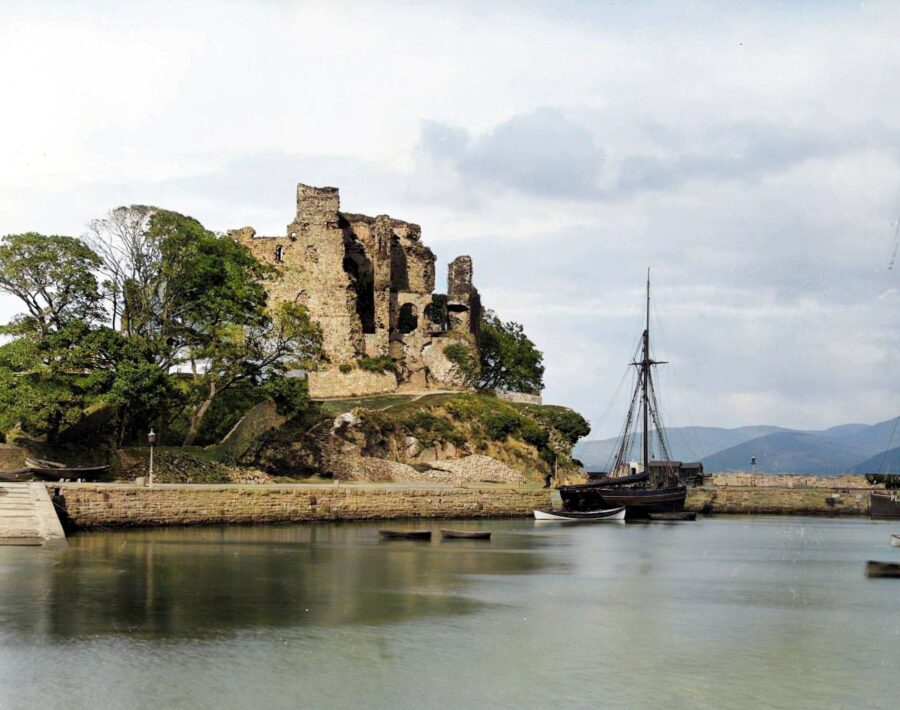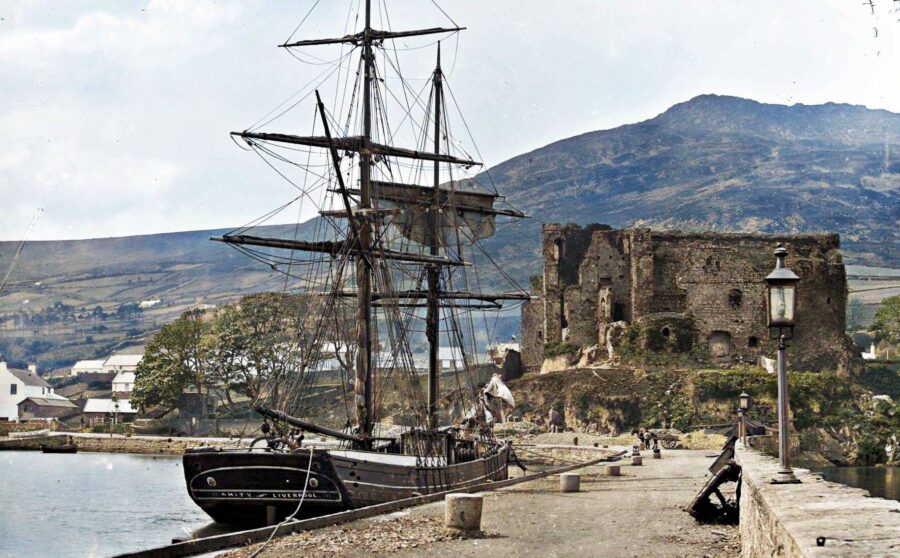Discover the Enigmatic History of King John's Castle, Carlingford, Co. Louth, Ireland
Discover the Enigmatic History of King John's Castle, Carlingford, Co. Louth, Ireland
King John’s Castle, located in County Louth, Ireland, is a historical gem that has stood the test of time. This captivating fortress holds a fascinating history that dates back to the 12th century. In this comprehensive article, we will delve into the rich past of King John’s Castle, exploring its origins, significance, and the events that shaped its story. Join us as we uncover the mysteries surrounding this remarkable structure.
The Origins of King John’s Castle, Co. Louth, Ireland
The Normans and the Founding of the Castle
King John’s Castle was built by the Normans in the 12th century. The Normans, originally from Normandy in France, began to invade Ireland in 1169. Their conquests led to the establishment of several settlements and fortresses across the country. One such fortress was King John’s Castle, constructed on a strategic hilltop location overlooking the picturesque Carlingford Lough.
The Castle’s Namesake: King John of England
Although the castle’s foundation predates King John’s reign, it was named after him due to his association with the region. King John, also known as John Lackland, ruled England and Ireland from 1199 to 1216. He visited the castle in 1210 during his campaign to assert control over the Irish territories. The castle’s name is a testament to the lasting impact of his visit and the powerful figure he represented in the history of both England and Ireland.

The Architecture and Design of King John’s Castle
The Defensive Features
The design of King John’s Castle was heavily influenced by the architectural style of the Normans. The castle was strategically built on a hilltop to provide excellent views of the surrounding area, allowing defenders to spot potential threats from afar. Its defensive features included a drawbridge, a moat, and a fortified curtain wall with round towers.
The Keep: The Heart of the Castle
The centerpiece of King John’s Castle was its Keep, a massive, square stone building that served as the main residence for the castle’s occupants. The Keep featured a great hall, private chambers, and storage rooms. It also housed the castle’s garrison, providing a safe haven during times of conflict.
The Role of King John’s Castle in Irish History
The Anglo-Norman Era
During the Anglo-Norman era, King John’s Castle played a critical role in maintaining control over the surrounding area. The castle’s strategic location made it an important stronghold for the Anglo-Normans as they sought to exert their influence across Ireland. The castle also served as a base for military operations and a symbol of power for the Anglo-Norman lords.
The Gaelic Resurgence
As the Gaelic Irish began to reassert their authority over much of the country in the 14th century, King John’s Castle fell under their control. The castle then became a stronghold for the native Irish chieftains, who used it as a base for raiding English-held territories.
The Elizabethan Conquest and Plantation
During the Elizabethan conquest of Ireland in the 16th century, King John’s Castle once again found itself at the heart of conflict. The castle was taken by English forces and later became a symbol of English authority during the Plantation of Ulster, a controversial colonization policy that involved the settlement of English and Scottish settlers on confiscated Irish land.

The Restoration and Preservation of King John’s Castle, Carlingford, Co. Louth
The Abandonment and Natural Decay
Throughout the centuries, King John’s Castle in Carlingford, Co. Louth, experienced periods of abandonment and neglect. As a result, the fortress slowly succumbed to the forces of nature, with its structures gradually deteriorating over time. Despite the castle’s historical importance, little was done to preserve it, and by the 18th century, it was in a state of ruin.
The 19th Century Rediscovery and Initial Preservation
In the 19th century, a renewed interest in Ireland’s rich history and cultural heritage led to the rediscovery of the Carlingford fortress. While no large-scale restoration efforts were undertaken during this time, some initial preservation work was carried out to prevent further decay. This included clearing vegetation, stabilizing the remaining structures, and raising awareness about the historical significance of King John’s Castle in Carlingford.
The Modern Preservation Initiatives
In the 21st century, a greater emphasis has been placed on the conservation and promotion of King John’s Castle in Carlingford. Local heritage groups, in collaboration with government authorities, have taken steps to ensure the site’s long-term preservation. These efforts include ongoing maintenance, structural assessments, and the development of a conservation management plan to guide future restoration projects.
Additionally, community-led initiatives have been instrumental in raising public awareness of the castle’s history and cultural value. The Carlingford Heritage Centre, for example, provides visitors with information about the castle and its rich past, as well as organizing guided tours and educational events. Through these endeavors, the story of King John’s Castle, Carlingford, Co. Louth, continues to be preserved and shared with future generations.
Did you find this helpful?
IrishHistory.com is a website that relies on community contributions to help make it better. If you have a suggestion to improve this page, or have spotted any errors, please click ‘Suggest an Edit’
